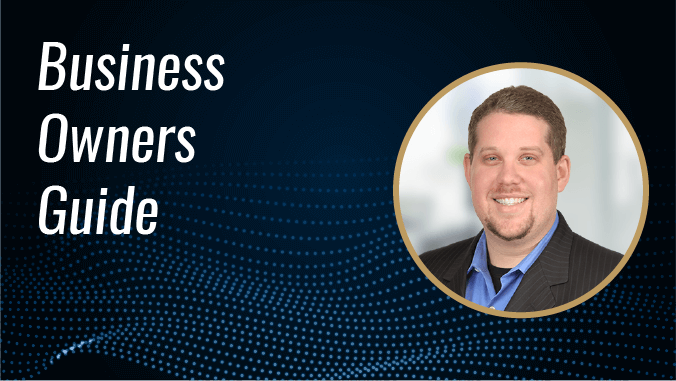Revenue Recognition Standard ASC 606
- Published
- Jan 2, 2022
- By
- Erika Ballo
- Share
Is it your first time issuing financial statements? Have you adopted new standards yet? Follow these five steps to evaluate every revenue stream, and learn how to implement the new standards of the revenue recognition principle.
Transcript
If you are issuing financial statements under Generally Accepted Accounting Principles, also known as GAAP, you have probably implemented Accounting Standards Codification (ASC) 606 related to revenue recognition. But, let me just go over what the new revenue recognition model is in case it will be your first time issuing financials or for some reason you did not adopt the new standard yet. ASC 606 applies to most contracts with customers with some exceptions. This revenue recognition model is based on a control approach rather than a risk and rewards approach used in the prior model.
Here are the 5 steps that an entity that has contracts with customers will have to evaluate for every revenue stream to correctly implement ASC 606.
Step 1: Identify the contract with the customer: A contract is an agreement between two parties that creates enforceable rights and obligations. In order to qualify as a legally enforceable contract, it must meet the following requirements:
- It has commercial substance
- Both parties have approved the contract
- The entity can identify each party’s rights regarding the goods and services
- The entity can identify the payment terms
- It is probable that the entity will collect the consideration that it is entitled to
Step 2: Identifying performance obligations: A performance obligation is a promise to transfer to the customer a good or service (or a bundle of goods or services) that is distinct. Identifying separate performance obligations in a contract is essential to correctly applying the revenue recognition model. To identify all performance obligations management should ask itself:
- Can the customer directly benefit from these goods and services on a stand-alone basis? and
- Are these goods and services separately identifiable?
if the answer is yes to both of these questions, then we have a separate performance obligation.
if one of the answers are no, the entity must reevaluate, combine good and services that are not distinct, and start asking the questions again until both answers are yes.
Step 3: Determining transaction price: the transaction price is the amount of consideration to which an entity expects to be entitled in exchange for transferring promised goods or services to a customer. There can be multiple components to the transaction price: there can be fixed consideration, variable considerations, non-cash considerations, and a financing component to name just a few. All of these components need to be considered carefully and many times determining the transaction price involves judgement.
Step 4: Now that we determined the transaction price the fourth step is Allocating the transaction price: An entity allocates the total consideration for the contract to each performance obligation on a relative standalone selling price basis or other supportable rational. Standalone selling price means that if the service is sold separately, how much would the seller receive in a similar circumstance. If not directly observable, there are different approaches management can use to allocate the transaction price.
Step 5: And finally the last step, step number 5, recognizing revenue.
Management should evaluate if the transfer of control of the goods and service happens over time or at a point in time.
Again, I would like to remind you that management has to go through the 5 step analysis for every revenue stream, and possibly every contract, and must document this process.
I also wanted to bring up that there is an alternative accounting basis to GAAP called FRF for SMEs, otherwise called Financial Reporting Framework for Small and Medium Sized Entities. In the FRF for SME’s, the revenue recognition principle is different: in this case, revenue is recognized when performance is achieved and collection is reasonably assured. FRF for SME’s can be used by small or medium size companies that are not going public, investors have easy access to management and does not have complicated transactions.
Please contact us if you have any questions, we are happy to help.
Business Owner's Guide Video Series
People starting a business for the first time often don't know where to begin. EisnerAmper has developed a series titled Business Owner's Guide: The Cycle from Start-up to Exit.
What's on Your Mind?
Start a conversation with Erika
Receive the latest business insights, analysis, and perspectives from EisnerAmper professionals.



